Microsoft's AI-fueled data center rush caused carbon emissions to surge by 29% in 2023 — and now the tech giant could miss critical sustainability targets
Microsoft wants to cut carbon emissions, but a drive to create new data centers is making that a lot harder
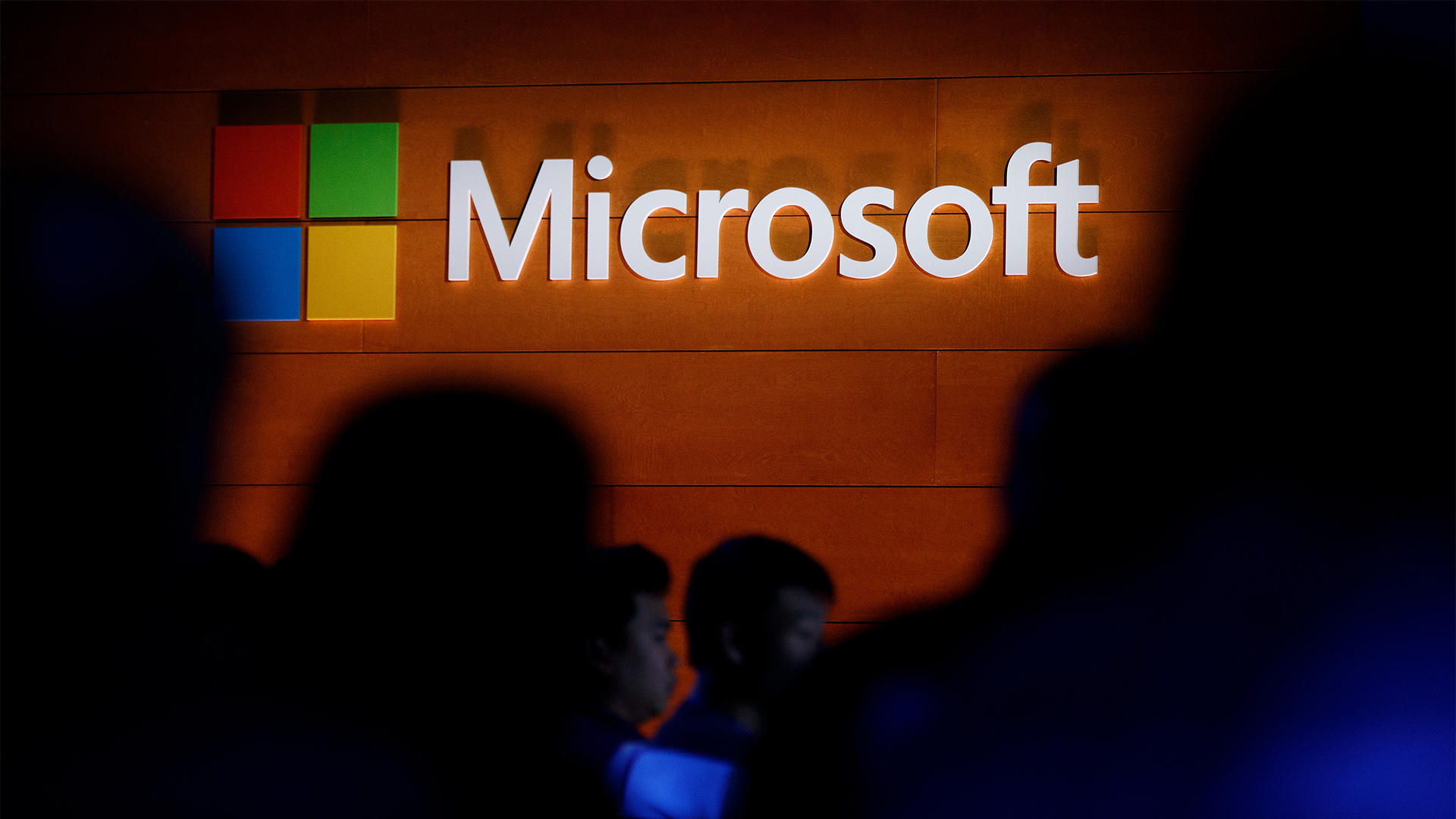

Despite Microsoft’s desire to be carbon neutral by the end of the decade, its emissions have actually gone up significantly, largely thanks to its program of data center building.
The company’s 2024 Sustainability Report found its carbon emissions grew by 29% because of its drive to build more data centers to support its cloud and generative AI expansion.
Microsoft has a target to be carbon negative by 2030 and by 2050 to have removed its historical emissions since its founding in 1975. However, the recent generative AI boom has made that a harder target to hit, the company conceded.
The tech giant’s sustainability report noted that, across 2023, its Scope 1 and 2 emissions - which are direct emissions created by its activities and indirect emissions from electricity or heat consumption - actually decreased by 6.3% from its 2020 baseline.
However, Scope 3 emissions, which refer to indirect emissions from all other activities, shot up by 30.9% across the year, and are now an area of significant concern for the company. This increase means its total emissions surged by 29.1%.
Microsoft’s use of water also rose markedly, but the company insisted this was “in alignment” with its expected business growth.
“The rise in our Scope 3 emissions primarily comes from the construction of more data centers and the associated embodied carbon in building materials, as well as hardware components such as semiconductors, servers, and racks,” the company said.
Get the ITPro daily newsletter
Sign up today and you will receive a free copy of our Future Focus 2025 report - the leading guidance on AI, cybersecurity and other IT challenges as per 700+ senior executives
“Our challenges are in part unique to our position as a leading cloud supplier that is expanding its data centers.”
Those Scope 3 emissions account for more than 96% of Microsoft’s total emissions, and includes emissions from across its supply chain and things like the lifecycle of hardware and devices, and other indirect sources.
“Our Scope 3 emissions continue to be our most significant decarbonization challenge. Progress will take deep collaboration across industries,” Microsoft said.
Data center energy efficiency is a key focus for Microsoft
Data centers currently account for somewhere around one to 1.5% of worldwide electricity, but the heavy demands of generative AI – which requires a lot of compute power to train and run – could see that rise significantly.
Quite how much it rises by will depend on how successful tech companies are in the introduction of new AI powered services.
While the environmental impact of data centers can often focus on the electricity used to power all those servers, and problems like what to do with the waste heat generated, the real carbon footprint of the cloud – and the generative AI tools often used there – is much wider than just power.
“Tackling Scope 3 means decarbonizing industrial processes such as steel, concrete, and other building material production for use in our campus and data center construction, as well as jet fuel for business travel and logistics,” Microsoft said.
RELATED WHITEPAPER

Part of tackling those emissions will be down to making more efficient data centers. Microsoft said that the power usage effectiveness (PUE) for its data centers has reached 1.12 and it’s looking for new efficiencies, such as shifting servers to a low-power state when possible.
This can reduce energy usage by up to 25% on unallocated servers, and the company said it had expanded its deployment of this technique from a few thousand servers in 2022 to around one million by the end of 2023.
“This initiative reduces energy usage by thousands of megawatt-hours per month across our global data centers. A similar initiative targets servers that are awaiting maintenance, reducing energy usage by hundreds of megawatt hours per month,” it said.
Data centers are built to support peak power demands, but that can mean they are often underutilized, Microsoft said. The firm revealed it was trying to minimize peak power consumption and maximize server density within existing data centers; along with other initiatives this has contributed to a 7% reduction in power infrastructure and the associated embodied carbon in 2023.
It also completed a series of pilots this year using a net-negative embodied carbon limestone alternative to traditional concrete. This is derived from algae cultivation and when used with other alternative materials can be used to make a concrete mix which can offer a 65% embodied carbon reduction from conventional concrete of a similar strength.
Similarly, the company is looking at whether durable air filters — with an anticipated lifespan of up to 15 years — can replace the disposable air filters that it currently uses in its data centers without compromising performance. At its Boydton, Virginia and Cheyenne, Wyoming data centers it ran a trial with local technical schools to give a second life to over 200 used fiber optic cables.
Another big part of the zero waste goal is dealing with cloud hardware and packaging across its data centers. Microsoft said reuse and recycling rates for its cloud servers and components reached 89% in 2023.
On average, the company’s servers were 86% recyclable compared to the industry average of 67%. Microsoft data centers take hardware from over 150 different original equipment manufacturers (OEMs), plus other products and services which creates a lot of packaging.
The company found that rack packaging contributes most of its waste by mass, and so it is now working on reducing, reusing, and recycling rack packaging. It said the use of a new sustainable rack packaging system could stop over 100,000 metric tons of waste from heading into landfill.
Steve Ranger is an award-winning reporter and editor who writes about technology and business. Previously he was the editorial director at ZDNET and the editor of silicon.com.
-
 Bigger salaries, more burnout: Is the CISO role in crisis?
Bigger salaries, more burnout: Is the CISO role in crisis?In-depth CISOs are more stressed than ever before – but why is this and what can be done?
By Kate O'Flaherty Published
-
 Cheap cyber crime kits can be bought on the dark web for less than $25
Cheap cyber crime kits can be bought on the dark web for less than $25News Research from NordVPN shows phishing kits are now widely available on the dark web and via messaging apps like Telegram, and are often selling for less than $25.
By Emma Woollacott Published
-
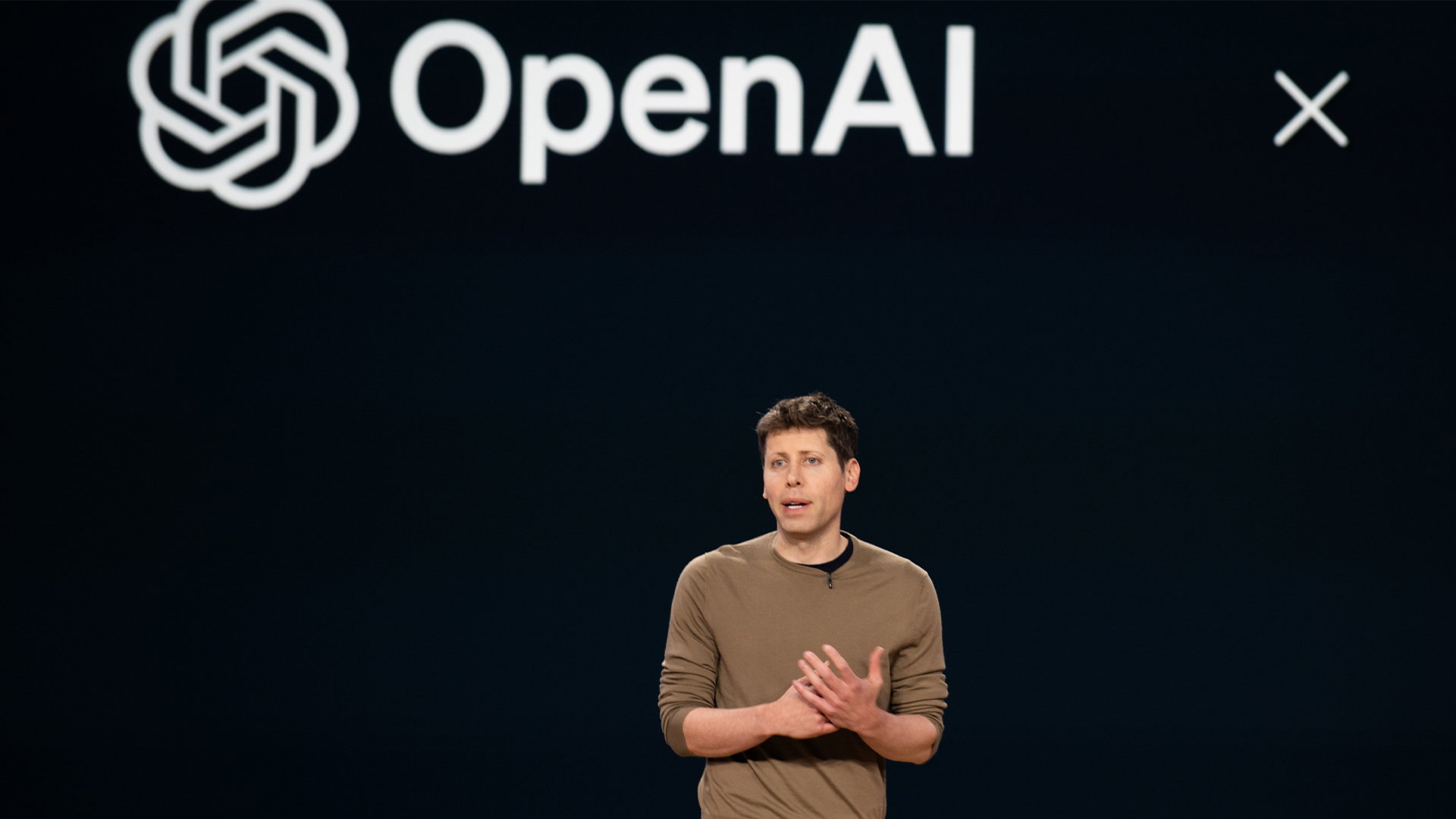 OpenAI inks $12bn CoreWeave deal in latest move away from Microsoft
OpenAI inks $12bn CoreWeave deal in latest move away from MicrosoftNews Cloud infrastructure company CoreWeave will supply OpenAI with infrastructure to run the firm's latest models in a deal worth nearly $12 billion.
By Nicole Kobie Published
-
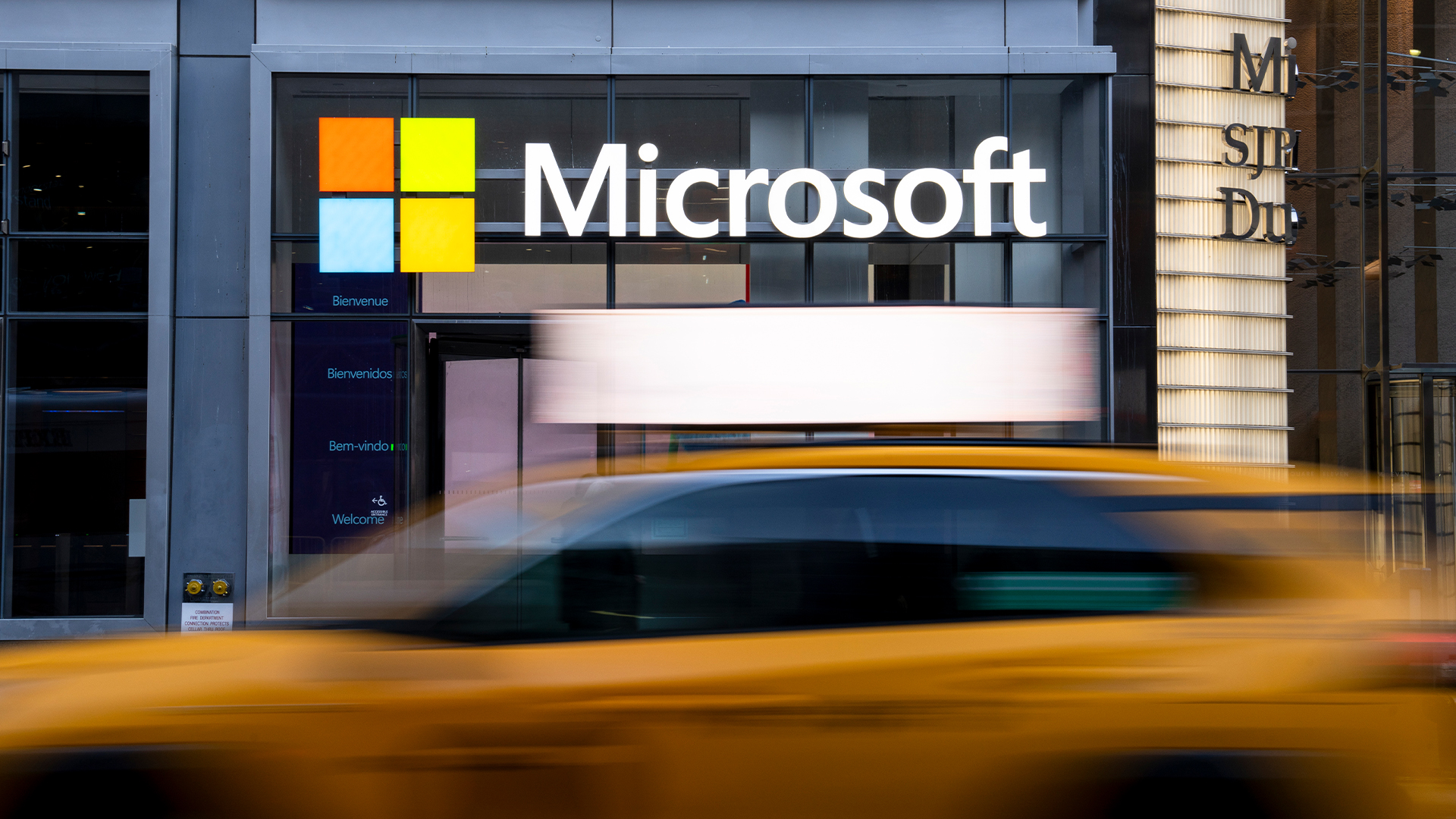 Analysts think Microsoft's data center rollback is bad news for the AI boom – but the company says not to worry
Analysts think Microsoft's data center rollback is bad news for the AI boom – but the company says not to worryNews Microsoft has reportedly ended leases for a significant amount of data center capacity, sparking debate over whether the AI boom is starting to falter.
By Nicole Kobie Published
-
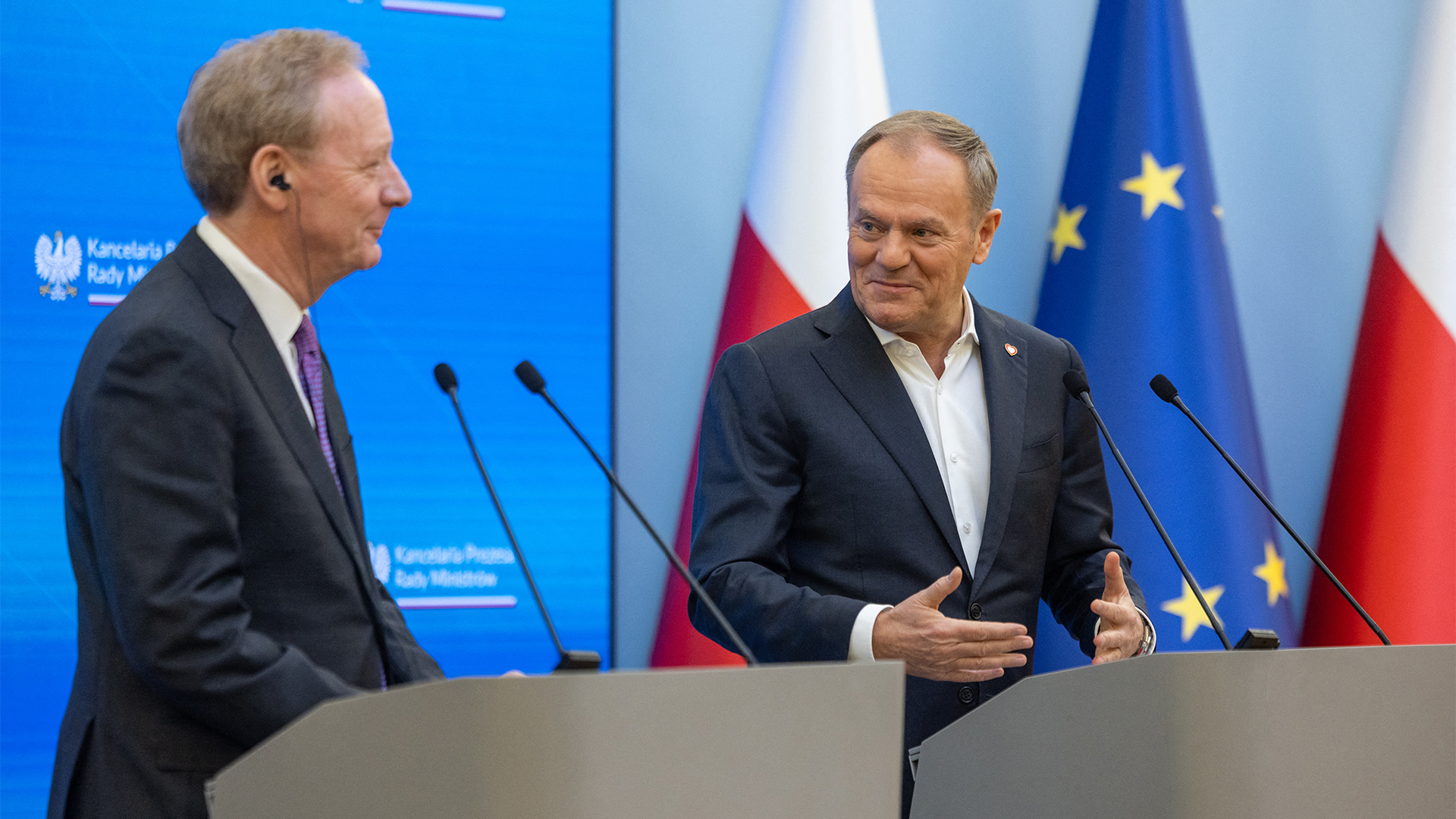 Microsoft invests $700 million to bolster cybersecurity and infrastructure in Poland
Microsoft invests $700 million to bolster cybersecurity and infrastructure in PolandNews Microsoft has announced plans to invest more than $700 million to support AI and cloud infrastructure expansion in Poland alongside cybersecurity support.
By Emma Woollacott Published
-
 Data center water consumption is skyrocketing, but Microsoft thinks it has a solution – the company's new closed-loop cooling system consumes zero water and could save millions of liters per year
Data center water consumption is skyrocketing, but Microsoft thinks it has a solution – the company's new closed-loop cooling system consumes zero water and could save millions of liters per yearNews Microsoft has revealed fresh details on its 'closed-loop' data center cooling system, which it says uses zero water.
By Solomon Klappholz Published
-
 Meta wants to join the big tech nuclear club
Meta wants to join the big tech nuclear clubNews Meta has become the latest big tech company to explore the use of nuclear energy to power data centers.
By Nicole Kobie Published
-
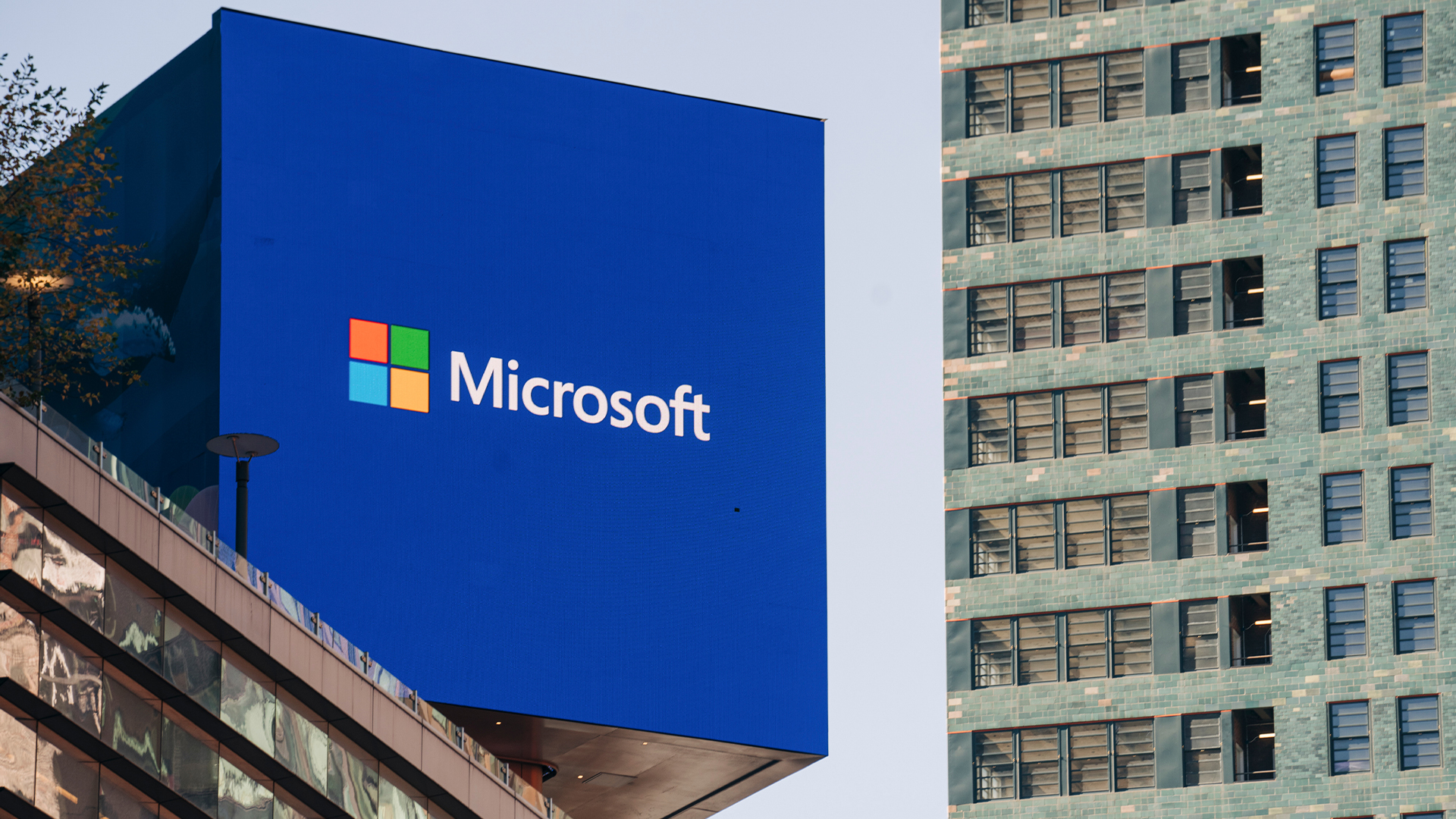 Microsoft admits users received unexpected upgrades to Windows Server 2025
Microsoft admits users received unexpected upgrades to Windows Server 2025News Admins spotted last week that Windows Server 2022 had suddenly become 2025
By Nicole Kobie Published
-
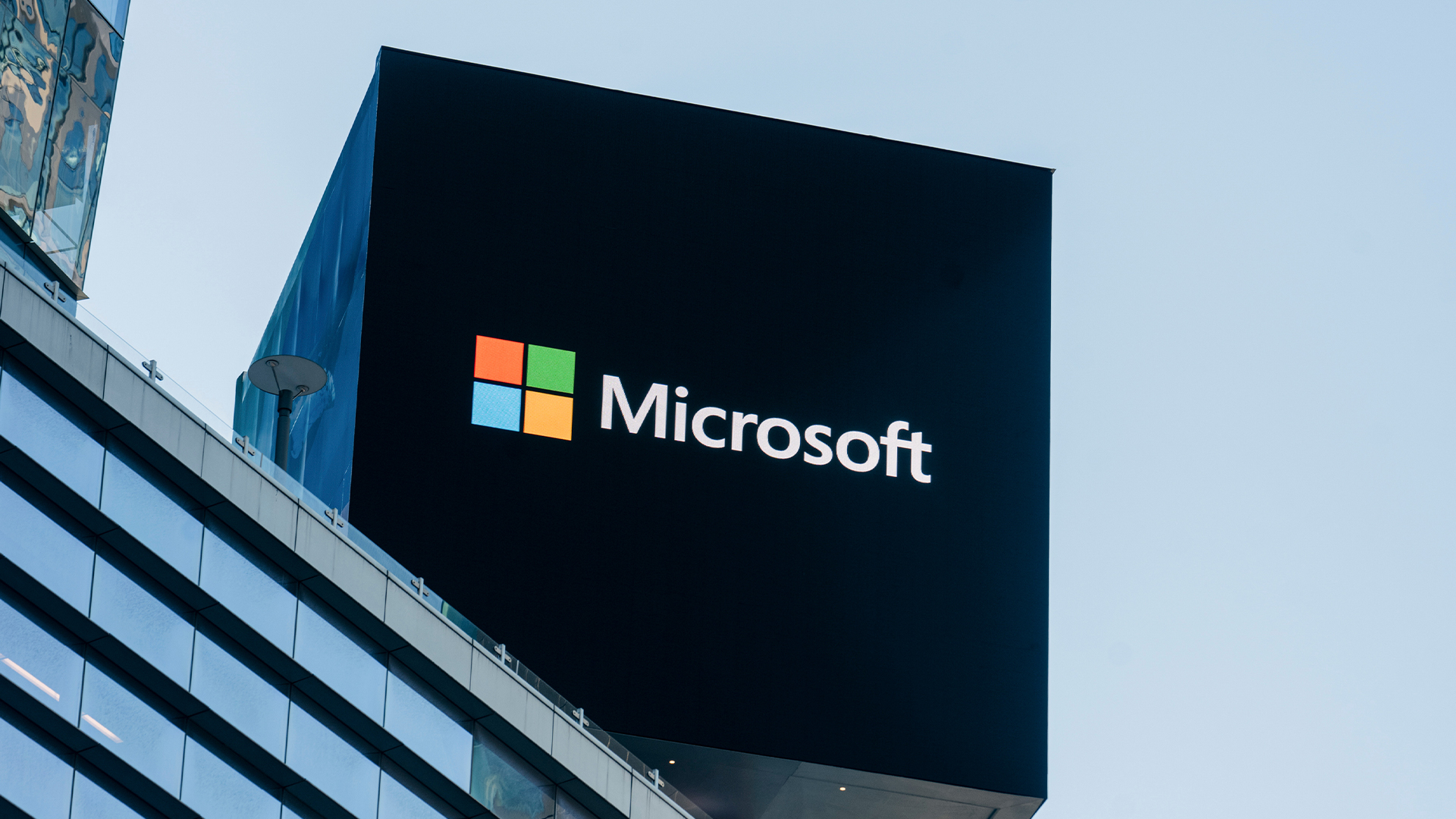 Windows Server 2025 is now available – but Microsoft warns admins to watch out for three major bugs, including one that causes the dreaded blue screen of death
Windows Server 2025 is now available – but Microsoft warns admins to watch out for three major bugs, including one that causes the dreaded blue screen of deathNews Microsoft promises security, performance, and cloud agility upgrades for Windows Server 2025 — but bugs ruin the party
By Nicole Kobie Published
-
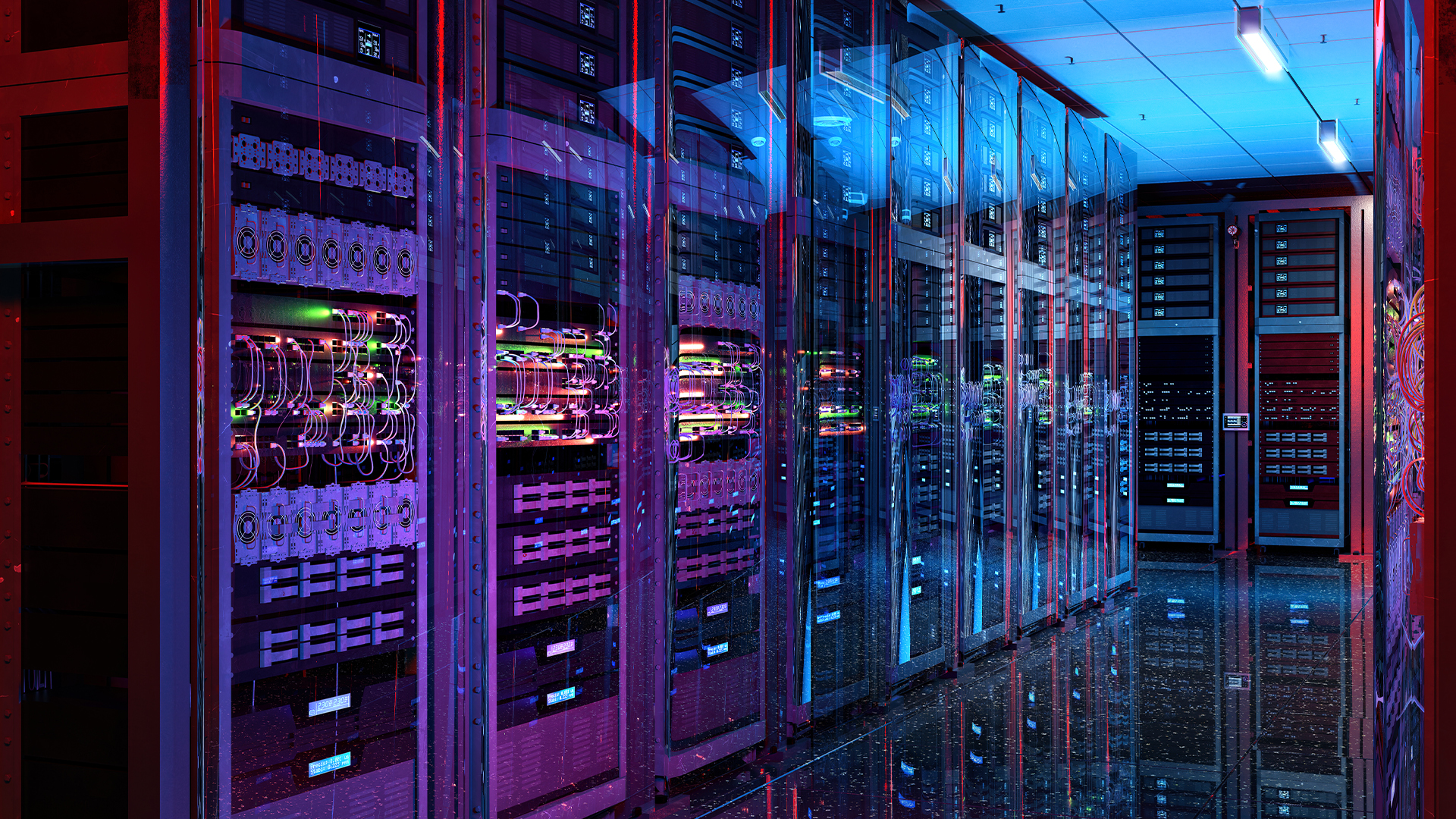 Data centers will be critical to UK economic growth in the coming decade – but researchers have warned of a ‘data doomsday’ unless energy infrastructure is improved
Data centers will be critical to UK economic growth in the coming decade – but researchers have warned of a ‘data doomsday’ unless energy infrastructure is improvedNews With TechUK calling for improved grid connections and easier access to renewable energy, a new study warns that the world's entire electricity supply may not be enough
By Emma Woollacott Published